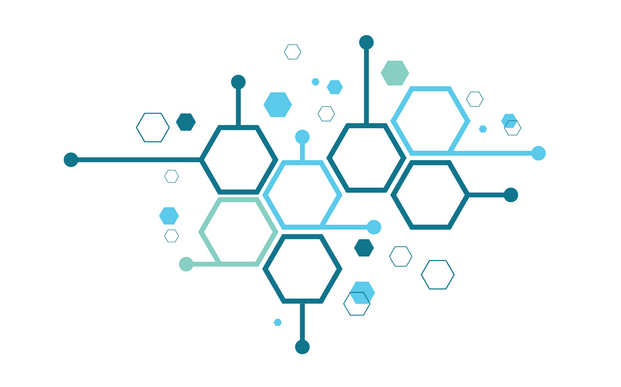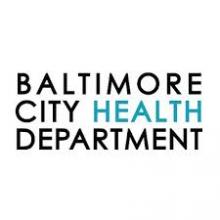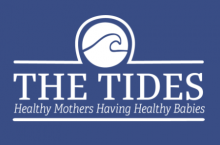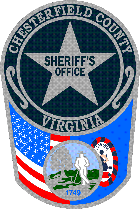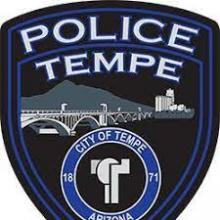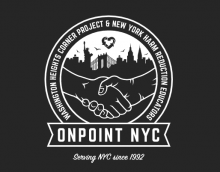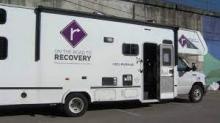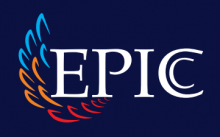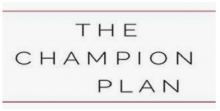Program Models
An overdose prevention program model in Baltimore that utilizes targeted naloxone distribution, naloxone training, and overdose education
- Harm Reduction
- Peer-reviewed
- Educational
- Overdose prevention
- Syringe service program / Needle exchange
This statewide program in California provides access to medications for opioid use disorder in the emergency departments of 53 hospitals and links to treatment
- Treatment
- Peer-reviewed
- COVID / Coronavirus related
- Early Intervention
- Medications for Opioid Use Disorder
An opioid addiction recovery program in North Carolina for pregnant and post-partum women provides comprehensive services and support
- Treatment
- Recovery
- Peer-reviewed
- Comprehensive services
- Family Support
- Housing, Education, and Employment
- Medications for Opioid Use Disorder
- Recovery coaching
A jail-based treatment and recovery program in Virginia for those with criminal justice involvement who struggle with addiction
- Treatment
- Recovery
- Peer-reviewed
- Report with evaluation
- Comprehensive services
- Early Intervention
A statewide helpline assists Indiana practitioners to find appropriate treatment for youth with substance use disorders ages 17 or younger
- Treatment
- Peer-reviewed
- Medications for Opioid Use Disorder
An Arizona program links overdose survivors with treatment and recovery services
- Treatment
- Recovery
- Harm Reduction
- Peer-reviewed
- Crisis intervention
- Family Support
- Post-overdose response
- Recovery coaching
A substance use prevention program targeted towards youth aged 10-14 and their families
- Prevention
- Peer-reviewed
- Early Intervention
- Educational
- Family Support
An innovative program for preventing overdoses in Canada through the implementation of a supervised injection facility, also known as an overdose prevention site, an option that is not legally available in the United States
- Harm Reduction
- Peer-reviewed
- Overdose prevention
- Safe Injection Site
This pre-booking diversion program connects low-level drug offenders with addiction treatment and social services
- Treatment
- Recovery
- Peer-reviewed
- Diversion
- Housing, Education, and Employment
A harm-reduction organization in New York City hosts two overdose prevention centers, the first in the United States
- Harm Reduction
- Peer-reviewed
- Overdose prevention
- Safe Injection Site
A statewide overdose prevention system includes a EMS leave-behind naloxone program that has been found to increase naloxone distribution to high-risk populations
- Harm Reduction
- Peer-reviewed
- Overdose prevention
- Post-overdose response
An out-patient medical home model in Boston provides individualized, multi-disciplinary treatment for pregnant and post-partum women with substance use disorder
- Treatment
- Recovery
- Peer-reviewed
- Comprehensive services
- COVID / Coronavirus related
- Family Support
- Medications for Opioid Use Disorder
Mobile units providing methadone and counseling increase access to treatment for opioid use disorder
- Treatment
- Peer-reviewed
- Report with evaluation
- Medications for Opioid Use Disorder
- Outreach
An emergency department-initiated intervention in Indianapolis grounded in recovery coaching, harm reduction, and linkage to evidence-based treatment
- Treatment
- Recovery
- Harm Reduction
- Peer-reviewed
- Replicated
- Medications for Opioid Use Disorder
- Overdose prevention
- Post-overdose response
- Recovery coaching
A leave-behind naloxone program for first responders in San Francisco increases the availability of this life-saving medication to reverse opioid overdoses
- Harm Reduction
- Peer-reviewed
- Overdose prevention
- Post-overdose response
A hospital-initiated program in Missouri connects patients with peer recovery services and opioid use disorder treatment
- Treatment
- Recovery
- Harm Reduction
- Peer-reviewed
- Comprehensive services
- COVID / Coronavirus related
- Early Intervention
- Housing, Education, and Employment
- Medications for Opioid Use Disorder
- Post-overdose response
- Recovery coaching
An initiative to distribute naloxone to those most likely to witness an opioid overdose across a rural state
- Harm Reduction
- Peer-reviewed
- Overdose prevention
A jail in a Massachusetts rural community reduces recidivism by providing medication for opioid use disorder (MOUD), including buprenorphine
- Treatment
- Peer-reviewed
- Medications for Opioid Use Disorder
A collaboration of stakeholders in California targeting prescription opioid misuse
- Prevention
- Peer-reviewed
- Cautious Opioid Prescribing
- Educational
A Massachusetts police department serves as an entryway to treatment and recovery from substance use disorder
- Treatment
- Recovery
- Harm Reduction
- Peer-reviewed
- Report with evaluation
- Replicated
- Crisis intervention
- Diversion
- Recovery coaching




